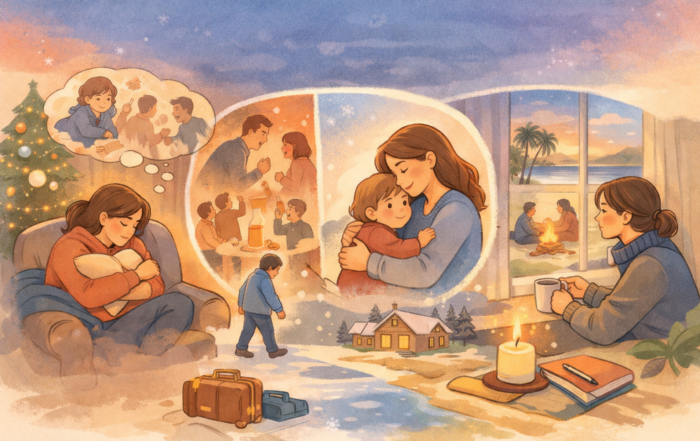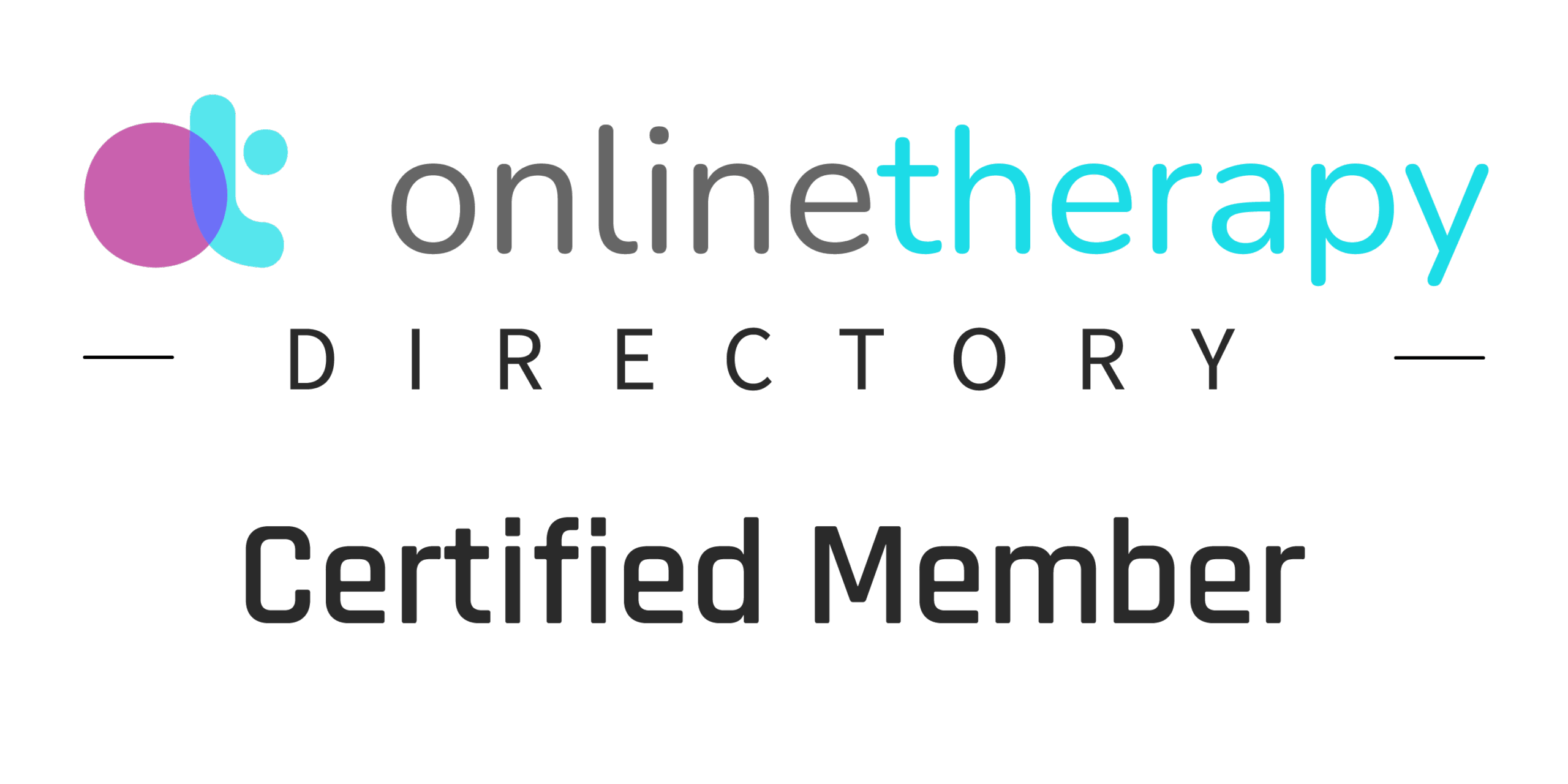You Now Have a Choice

Part of trauma therapy is discovering something profound: you now have a choice, and you no longer have to abandon yourself.
As a child, especially if you grew up with trauma, dysfunction, or unmet needs, you often didn’t have choices. Your primary goal was survival—making sure your developmental, emotional, physical, and attachment needs were met. Children are incredibly creative in adapting to difficult environments.
Some kids became perfectionists or overachievers in order to win approval or avoid criticism. Others became hyper-attuned to their parents’ moods, shaping themselves to manage or soothe a parent’s instability. In homes marked by emotional abuse, narcissistic abuse, or even sexual abuse, survival often meant minimizing conflict and doing whatever it took to reduce chaos.
When you were young, your choices were limited by your dependency on your caregivers. But as an adult, the work of healing is realizing that you are sovereign—you can make choices that keep you safe, aligned, and whole.
The Blueprint of Childhood Adaptations
If you grew up in dysfunction, you likely developed specific adaptations. Some children people-please to prevent harm or to gain a fleeting sense of love. Others shut down emotionally, cutting off intimacy because it feels too painful or dangerous. Some became hyper-independent, learning early they could rely only on themselves, especially if their parents struggled with addiction or neglect.
Understanding this “trauma blueprint” is essential. It begins with asking:
-
What kind of environment did I grow up in?
-
What did I learn to do as a result of that environment?
This kind of self-reflection isn’t always easy. Often what we grew up with feels normal, even if it was harmful. That’s why working with a therapist who practices trauma-informed care can be invaluable. Whether through individual therapy, relationship therapy, EMDR therapy, or somatic trauma therapy, you can begin to unpack these patterns and see them with fresh eyes.
Questions to Guide Your Healing
To build awareness of your early experiences and how they show up today, consider asking yourself:
-
What did I like about how my parents or caregivers treated me, and what did I not like?
-
How do I tend to show up in relationships now? Do I notice patterns like people-pleasing, avoidance, or harsh self-criticism?
-
What feedback do I consistently hear from friends, partners, or coworkers?
-
In what areas of life do I struggle the most—work, relationships, boundaries, conflict—and what clues do these struggles offer about my past?
These reflections open the door to change. You cannot shift what you don’t understand. Therapy provides a compassionate and structured space to bring awareness to these questions and gently rewire how you relate to yourself and others.
Healing Through Generational Awareness
Another layer of trauma work involves looking at generational patterns. What did your parents experience in their own upbringing? How were your grandparents shaped by events like war, immigration, scarcity, or addiction?
Creating a genogram—a family tree that maps relationships, traumas, and key life events—can illuminate these inherited dynamics. For example, a family history of scarcity might still show up today in patterns of hoarding, overconsumption, or chronic survival anxiety. By tracing these roots, you gain clarity about how the past still echoes in your present.
Choosing Yourself Today
The heart of this work is circling back to choice.
As children, many of us learned to abandon ourselves by prioritizing others’ needs, adapting our personalities, or numbing our emotions. As adults, the healing journey is reclaiming the right to stand for yourself.
That means:
-
Making choices that are aligned with your values and not solely based on others’ expectations.
-
Protecting your safety and avoiding situations that put you at risk.
-
Practicing mindfulness to notice when old survival patterns are activated.
-
Using tools from therapy—whether DBT (dialectical behavior therapy) skills, body-based approaches, or EMDR—to regulate and re-center.
You now have a choice. That choice is to no longer abandon your inner child, to no longer repeat old patterns unconsciously, and to create a life grounded in authenticity and safety.
Support for Your Healing Journey
Unpacking your trauma blueprint and reclaiming your choices is deeply courageous work. It doesn’t have to be done alone. I am Valeriya Bauer, a trauma psychotherapist, and I offer both in-person sessions in Westlake Village, Thousand Oaks, Agoura Hills, Calabasas, Oak Park, Ventura, Los Angeles, and throughout California, as well as online sessions for convenience and accessibility.
Through approaches like trauma therapy, EMDR therapy, somatic trauma therapy, relationship therapy, and mindfulness-based practices, I help individuals move from survival patterns into a life where they feel empowered, safe, and connected.
Because you do have a choice now—one that leads to not abandoning yourself, but instead honoring the strong, creative, and authentic self that has always been there.




